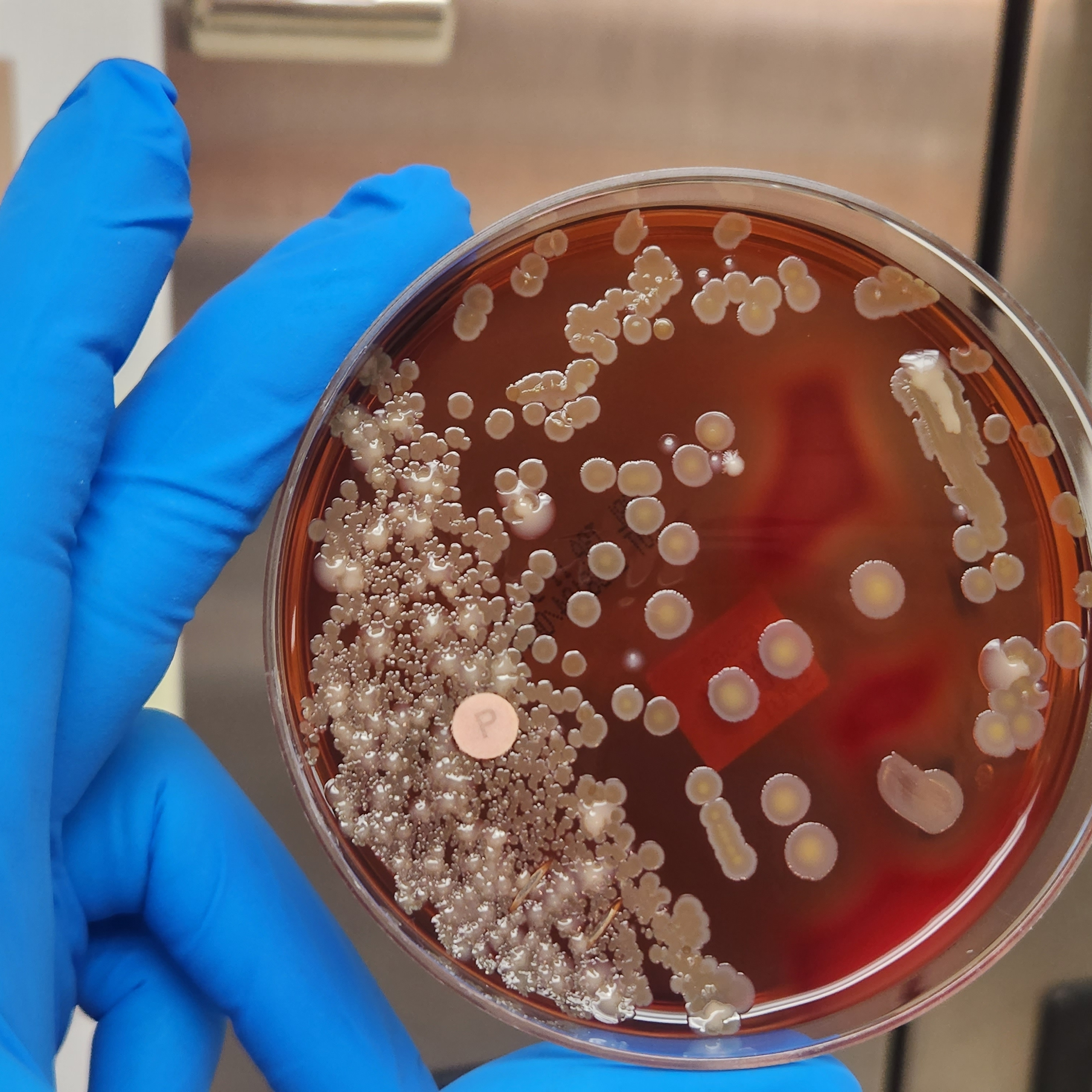
A insight into the Acinetobacter bacterium and its significance for health
Acinetobacter bacteria belong to a group of microorganisms that can be found in various environments , including soil, water and also in healthcare facilities.
They are particularly known to cause infections in people with weakened immune systems and pose a challenge to the healthcare system, especially because some strains have become resistant to a variety of antibiotics .
In this blog post, we will take an in-depth look at the Acinetobacter bacterium . We will discuss its characteristics, the types of infections it can cause , diagnostic methods, treatment options and prevention strategies.
In addition, we will look at the research
and the latest developments regarding this persistent bacterium
.
What is the Acinetobacter bacterium?
Acinetobacter is a genus of gram-negative bacteria that can occur in
different forms - from spherical to rod-shaped. They
are aerobic, which means they need oxygen to survive.
A special
feature of Acinetobacter bacteria is their ability to survive on dry
surfaces. This makes them a common inhabitant of
hospital environments, where they can exist on inadequately cleaned equipment or
surfaces.
Why are Acinetobacter bacteria problematic?
The main problem that Acinetobacter poses is its increasing resistance
to antibiotics.
In particular, the Acinetobacter baumannii complex is known for its ability to develop resistance to a variety of antibiotics, including carbapenems, which are often used as the drug of last resort for severe infections.
This resistance
complicates treatment and increases the risk of outbreaks in
hospitals and care facilities.
infections caused by Acinetobacter bacteria
Acinetobacter bacteria can cause a variety of infections,
including:
- Pneumonia, especially in patients requiring ventilation in intensive care units
- bloodstream infections (sepsis), which can be life-threatening.
- wound infections, especially after surgical procedures.
- urinary tract infections, often in patients with urinary catheters.
- meningitis, although this is less common.
These infections often occur in patients who are already weakened due to other
diseases or who use invasive devices such as ventilators or
catheters.
Diagnosis of Acinetobacter infections
An Acinetobacter infection is diagnosed by taking
samples from the affected area - for example blood, sputum or
wound swabs - and analysing them in the laboratory.
There, the bacterium
is cultivated and special tests are then carried out to determine the type of
bacterium and to test its sensitivity to antibiotics.
Treatment of Acinetobacter infections
The treatment of infections caused by Acinetobacter is
often difficult due to high antibiotic resistance. As a rule, a
combination therapy of different antibiotics is used to increase
effectiveness. The choice of antibiotics depends on the results of the
antibiotic susceptibility test. In addition to drug treatment, it is
important to provide supportive measures such as adequate hydration and, if
necessary, ventilation.
Prevention of Acinetobacter infections
Prevention of Acinetobacter infections in healthcare facilities
includes various measures:
- Rigorous hygiene standards, including regular cleaning and disinfection of surfaces and medical equipment.
- hand hygiene is crucial, both for medical staff and for visitors.
- isolation measures for infected patients to prevent the spread to
- monitoring and control of antibiotic use to minimise the development of resistance.
Research and new developments
Scientists are continuously working on the development of new strategies in the
fight against Acinetobacter. This includes research into new antibiotics that are
effective against resistant strains, as well as vaccines that are still in their
infancy.
In addition, alternative treatment methods are being researched, such as
the use of bacteriophages - viruses that specifically infect
and destroy bacteria. The use of antibodies that specifically attack the bacteria
is also being considered.
Conclusion
Acinetobacter bacteria pose a serious threat to public health due to their increasing resistance to
antibiotics. Especially
in hospitals and care facilities, they require increased attention
in terms of prevention and control. By being aware of the potential of these
bacteria and taking appropriate measures, we can minimise the
risk of infection and contribute to patient safety.
Research into new antibiotics and therapeutic approaches is crucial to continue the
fight against these persistent pathogens. Although the
challenge is great, the efforts of scientists and
healthcare professionals worldwide show that progress is possible.
I hope this article has helped you gain a better understanding
of the Acinetobacter bacterium and its importance to our health
. Stay informed and pay attention to hygiene to protect yourself and
your loved ones.
